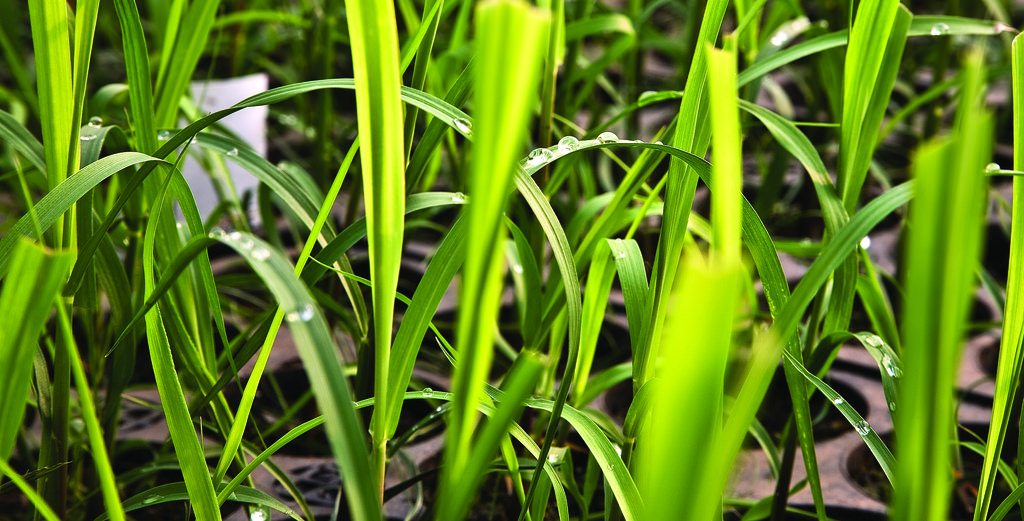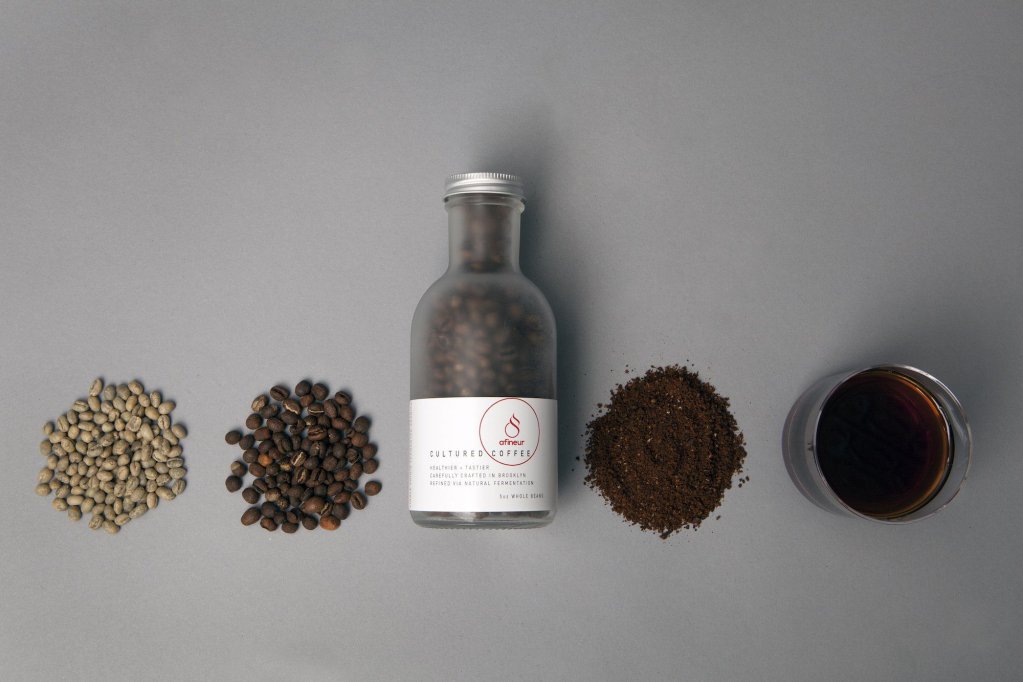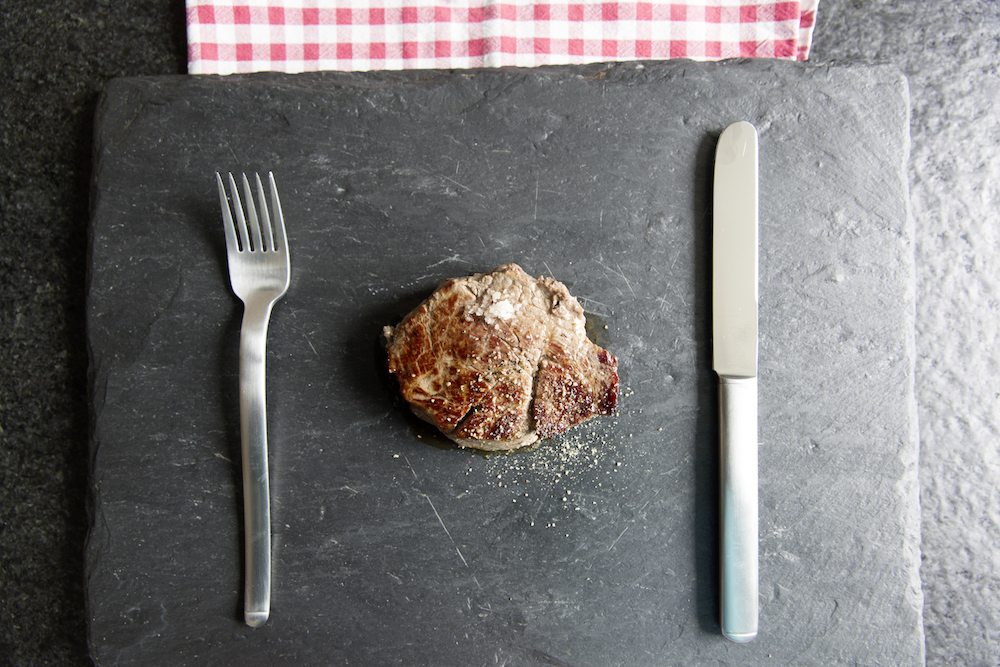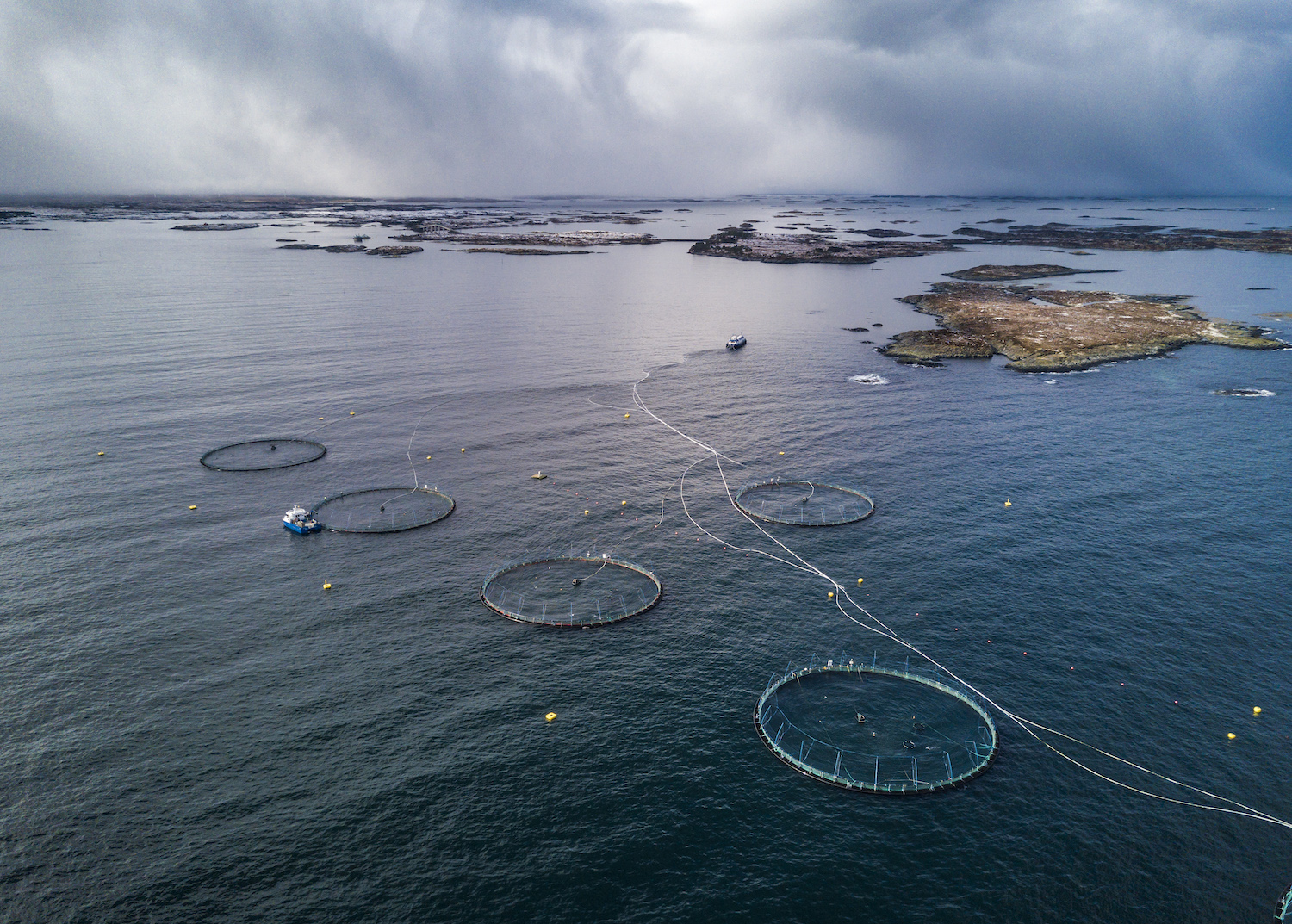Plants don’t naturally store oil in their stems and leaves. And until recently, scientists thought it was impossible to change that: A plant’s only fat reserves are typically found in its seeds, which are pressed to produce products like sunflower and soybean oil. But in the last five years, researchers have started experimenting with ways to reroute plant metabolisms to encourage oil accumulation elsewhere. Turns out, it’s entirely possible to breed tobacco that stores oil in its leaves and stem. And some researchers think greasy sugarcane may be the next big source of renewable energy.
Right now, most of the biofuel in this country (94 percent as of 2012) comes from ethanol, which is made from the glucose derived from fermented corn. The remainder comes from vegetable oil (mostly soybean). And though the federal government is heavily invested in promoting biofuels through the Renewable Fuel Standard (RFS)—a program that requires gas companies to use a minimum level of renewable substitutes in transportation fuel—the standard itself is controversial. Critics argue that ethanol jacks up corn prices, that it’s inefficient, and that its production and transportation require a lot of fossil fuels, meaning it doesn’t ultimately save that much carbon from entering the atmosphere.
Enter fat plants. If they work, they’re kind of perfect: we’d have a way to get oil directly from green matter rather than drilling for it or extracting it from corn. “If you remember high school biology, you remember all these pathways where one compound changes into another, right? But in fact what we’ve realized is that those pathways are not just linear pathways—they’re like webs,” says John Shanklin, biochemist at Brookhaven National Laboratory in Upton, New York. “So … what we’re trying to do is work on the basic science to understand exactly the route that sugar takes to grow into oil.”
Scientists are still in the early stages of determining how to breed for efficient oil production, but Shanklin says they’ve already narrowed their research to about ten genetic traits and are experimenting with different ways of combining those traits to produce the best results. Right now, that process for Shanklin’s team involves miniature, weeklong experiments with the leaves of small plants (in particular, arabidopsis, a member of the mustard family widely used as a model organism in biology). By testing leaves, the scientists are able to quickly eliminate trait combinations that don’t work. “If it takes a year or six months to look at a stem and a week to look at a leaf, then we can accelerate the process by about twenty fold.” But ultimately, they’re looking to concentrate oil accumulation in stems. (Stems are easier to process than leaves, and they’re typically larger.) Shanklin sees the sugarcane plant as the most promising crop for getting oily greens into the tanks of Oldsmobiles.
Why sugarcane? It’s more about the production process than the plant itself, Shanklin says. The infrastructure for growing, harvesting and processing the crop already exists. If researchers can breed a sugarcane stem that stores oil, farmers won’t have to change much about what they already do: The whole farming process would look like business as usual. Once the plants are harvested, the oil could be removed prior to further processing. Then the sugarcane can be processed into sugar, effectively doubling the output of any given acre.
At least, that’s the ideal outcome. Shanklin says they’re not yet sure whether a sugarcane plant will actually be able to produce oil and sugar. But even if the plants can be used only for oil, the projected results are pretty impressive. “Plants Engineered To Replace Oil in Sugarcane and Sweet Sorghum (PETROSS),” a project funded by the Department of Energy, is in the process of breeding plants that are cold-temperature tolerant (meaning they can grow in larger swaths of the U.S.) and can produce oil at a rate of 20 percent accumulation. A 2016 brochure projects that the crops could be grown on 23 million acres of so-called “marginal” land in the Southeast not currently used to grow food. If PETROSS sugarcane was grown on all that land and hit its oil yield goals, it could produce 36 billion gallons of biofuel per year. That’s a lot of “ifs,” but the pie-in-the-sky vision in the brochure promises sugarcane could account for up to 69 percent of the RFS goal for 2022. And that sugarcane would be 2.7 times more profitable per acre than corn and 6 times more profitable than soybeans.
Researchers haven’t yet hit that 20 percent oil accumulation goal. They’re at about 8 percent right now. Still, the current iteration of the crop is two times more profitable than corn per acre and 4.5 times more profitable than soybeans grown for biofuel production.
Shanklin emphasizes that his side of the equation is purely research: he and other scientists do tests and file patents. Ultimately, agribusiness or petrochemical companies will likely license these patents from the Department of Energy and develop the seeds that grow the sugarcane that produces billions of gallons of biofuels. Massive swaths of the Southeast devoted to fat plants may still be pretty far off, however. Researchers are testing both genetic modification and selective breeding. If the GM route proves to be more viable, the regulatory process may add years to the timeline.
But fat plants have potential beyond biofuels. Fatty grass could mean beef cows don’t need to be feedlot-finished. Fatty palm leaves could prevent palm oil-deforestation. Self-oiling collard greens could save home cooks ten extra seconds at dinner time. Pretty soon, we’ll have plant sentience advocates sending artificially fattened sugarcane the way of foie gras in California. For now, though, let’s just deal with renewable energy.











